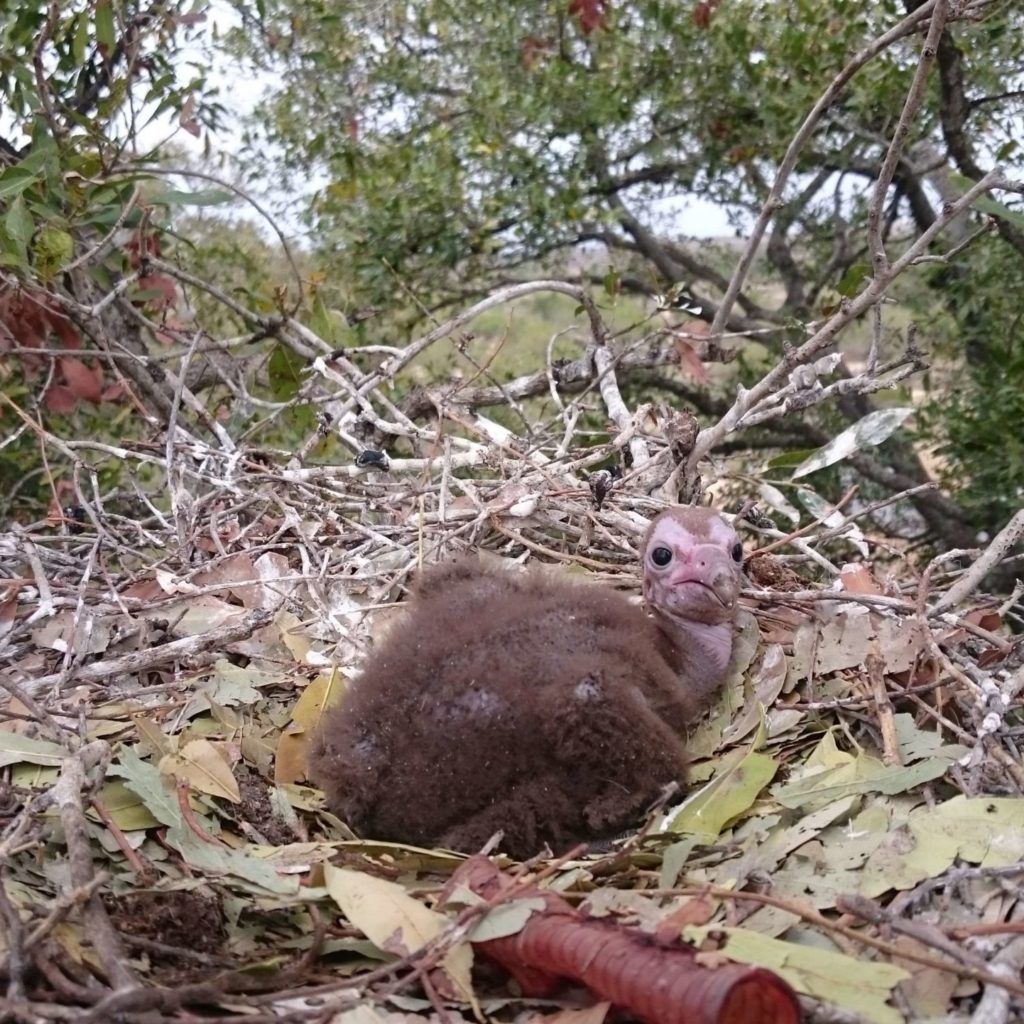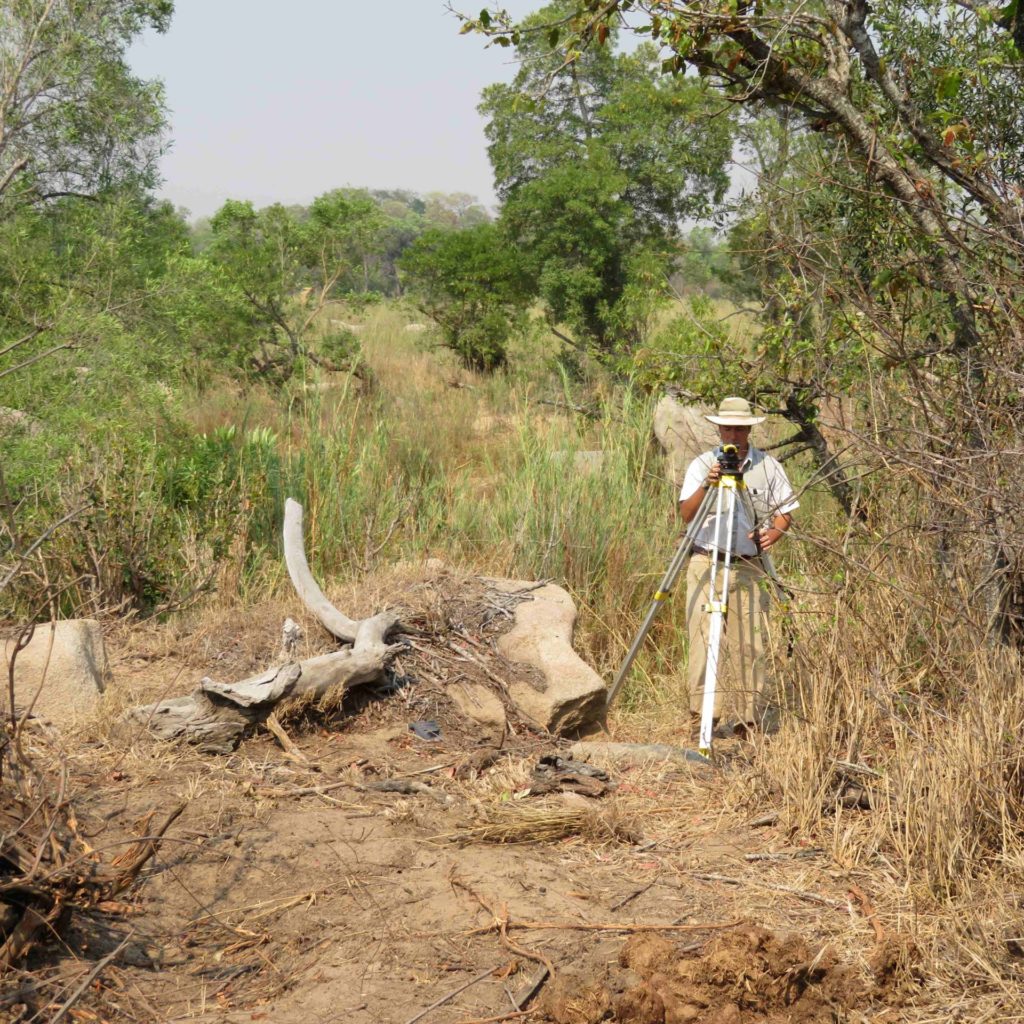
We have recently rounded up our fieldwork in Kruger National Park investigating the elusive lives of Hooded Vultures.
The project began in 2016 in collaboration with the Birds of Prey Programme of South Africa’s Endangered Wildlife Trust, the University of KwaZulu-Natal in South Africa and Hawk Mountain Sanctuary in Pennsylvania in the USA. It was started because Hooded Vultures are listed as Critically Endangered due to recent declines across much of their African range. We began this project to find out more about the ecology of these birds, from nesting sites to behaviour and interactions with other species so we can plan for their conservation.


What does a typical day in the field researching Hooded Vultures look like?
Our Head of Conservation, Research and Education Dr Campbell Murn has carried out much of the fieldwork for this project and describes what a day working on Hooded Vulture ecology research looks like. Hooded Vultures nest inside the canopies of large trees along rivers, making their nesting sites difficult to survey from the air or the ground. Hooded Vultures are not well studied in southern Africa probably due to their nest locations in secluded areas.
‘On an ordinary day, I’ll get up really early. I’ll pick up whoever I’m working with that day, usually game guards, at about 6.30AM. And then off you go! There’s lots of driving and lots of walking.
When our Hooded Vulture project started, it took ages to find nests. Ages and ages and ages. We’d spend all day trudging through the river, walking through soft sand looking up at these really tall trees so you get a really stiff neck. And working along rivers is dangerous; there’s always the risk of a buffalo, hippo or elephant around the corner. And then not finding any nests at the same time is just really hard. But we got there in the end!”
After years of data collection, we have so far published two research papers on Hooded Vulture ecology and their behaviour. One paper details three recorded instances of in-flight interactions between Hooded Vultures that involved talon-grappling and cartwheeling, which had not been described previously. You can read this paper here.
The second paper published so far from this project investigated Hooded Vulture nests and whether other species took over nest sites, or if predation events reduced breeding success. Across 12 Hooded Vulture nests, 33 different species were recorded visiting by camera traps over 93 nest-months. Adult Hooded Vultures used their nests year-round and not just during the breeding season. Egyptian Geese were visitors to nests, but did not apparently lead to the nest being abandoned the vultures, nor did the geese seem to affect breeding success. Two cases of breeding failure were linked to two species: one case of egg predation by a Chacma Baboon, and one case of a Martial Eagle predating a nestling. These findings have implications for conserving Hooded Vultures. You can also read this paper on our website here.
So, what’s next?
We will analyse and publish the remaining data collected from the years of Hooded Vulture fieldwork. Vulture fieldwork will continue in Kruger, although now the focus is on our new Lappet-faced Vulture Project, which aims to conserve their nesting sites. You can find out more about this new project here